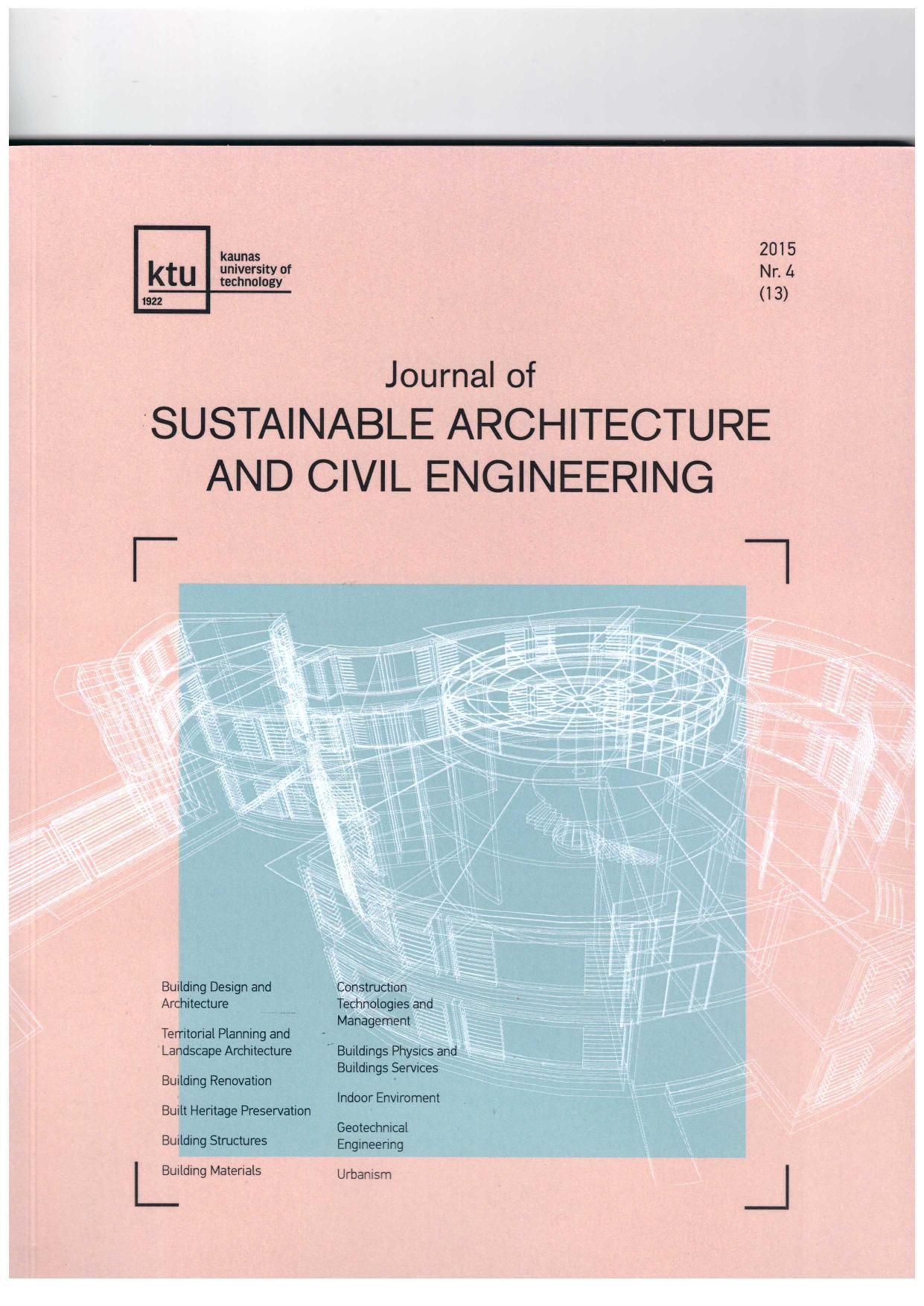Influence of Window Details on the Energy Performance of an nZEB
Influence of Window Details on the Energy Performance of an nZEB
Author(s): Targo Kalamees, Kristo KalbeSubject(s): Architecture, Energy and Environmental Studies, Evaluation research
Published by: Exeley Inc.
Keywords: energy performance of buildings; nZEB; timber construction; windows; window installation optimisation;
Summary/Abstract: One of the largest sources of heat loss in buildings are the windows. However, windows are also important to increase solar heat gain and provide daylight. It is necessary to understand how window details influence the energy performance of very energy efficient houses. This is valuable information for the design decision making process and may lead to further research or product development. This paper examines the influence of window frame thermal transmittance, window frame width and window installation depth on the energy demand of the building. A single-family prefabricated timber nZEB located in Estonia was used as a reference building for this study. The results show that decreasing the thermal transmittance and width of the window frame have a remarkable effect on the energy demand of the nZEB (a variation of 42% and 25% respectively). The effect of optimising window installation depth is insignificant (ca 3% variation of heat demand on most of the window placement range and up to 10% of increase in heat demand when comparing the optimal placement to the least effective one). However, it can further improve the energy performance.
Journal: Journal of Sustainable Architecture and Civil Engineering
- Issue Year: 24/2019
- Issue No: 1
- Page Range: 61-70
- Page Count: 10
- Language: English

